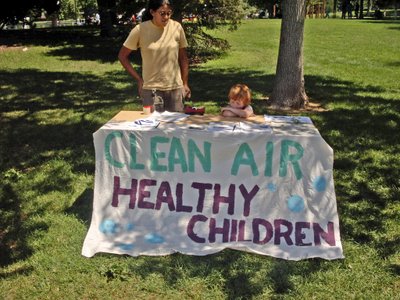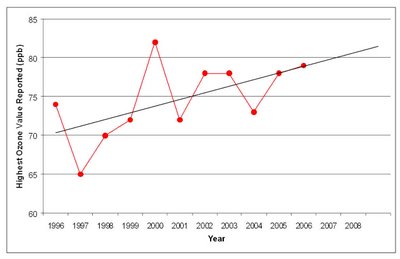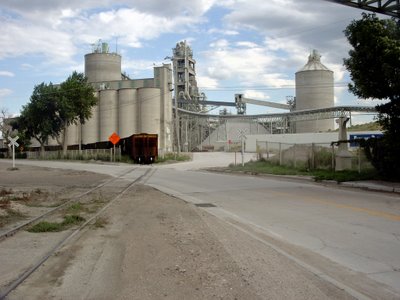Your Chance to Support Colorado Smog Reductions
The state of Colorado is considering reducing emissions of smog forming compounds from oil and gas developments across the entire state. Two rules are actually being considered. The first would reduce emissions of smog forming compounds from existing oil and gas developments in the Denver metro area. The second would reduce emissions of smog forming compounds from new oil and gas development in the rest of the state.
While the smog reductions in the Denver area are needed to reduce unhealthy levels of smog, the statewide reductions would help to prevent smog from becoming a serious problem in the first place. It just makes sense that the state should act now to control air pollution, instead of waiting for it to become a significant health threat.
You can express your support for these rules by sending a quick letter to the Air Quality Control Commission. A draft letter is pasted below for you to use (just cut, paste, print, sign, and mail), but please considering sending in a personalized note. Citizen input will be vital to securing these smog reductions and your voice can make a difference. If you have any questions contact Rocky Mountain Clean Air Action at (303) 454-3370 at rmcleanair@gmail.com.
Colorado Department of Public Health and Environmnet
Air Quality Control Commission
4300 Cherry Creek Drive South
Denver, CO 80246
Re: Proposed Revisions to Air Regulation 7
Dear Air Quality Control Commissioners:
- I support the proposed revisions to Air Quality Control Commission Regulation 7, which would help reduce smog pollution in Denver and prevent smog pollution from becoming a serious problem in the rest of Colorado.
- In light of booming oil and gas development, we need to have in place safeguards that ensure long-term protection of the air that we and our communities breathe. We need to be proactive, not reactive in this case.
- The benefits of clean air are worth the investment from the oil and gas industry. The price of clean air and healthy communities is miniscule when compared to the potential costs of dirty skies and asthma to Coloradoans.
- We owe it to our children to leave a legacy of clean air in Colorado and I urge the Air Quality Control Commission to adopt the proposed revisions to Regulation 7. Thank you.
[Your name]
[Your address]
[Your city, state, zip]








